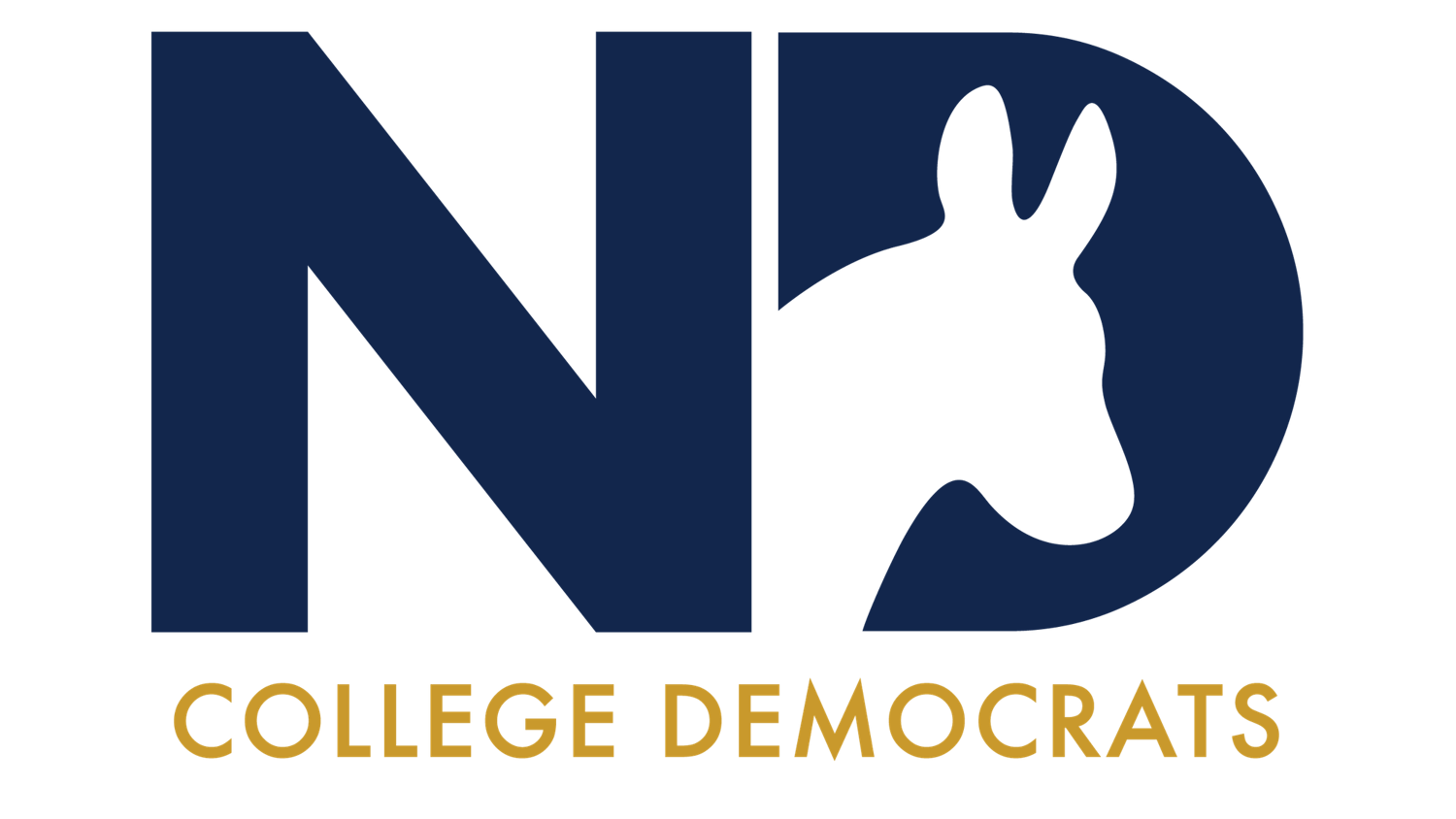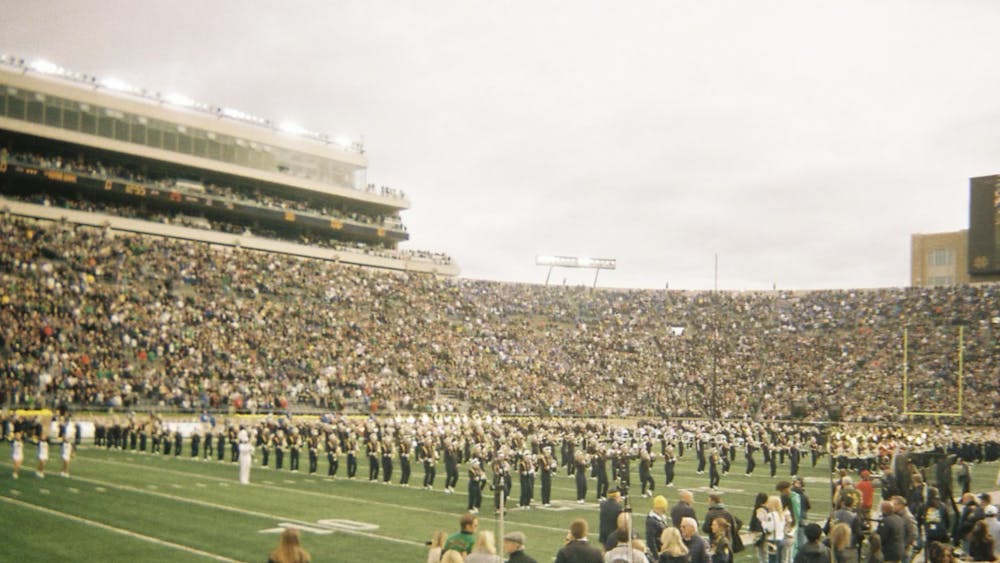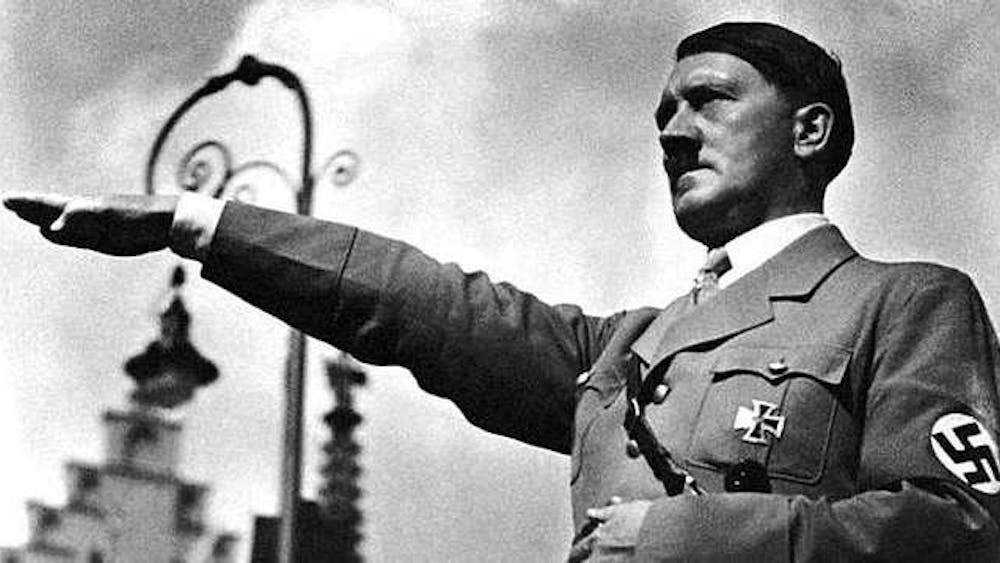The world of the Yooks and the world of the Zooks are divided by a long and winding stone wall, according to Dr. Seuss. In "The Butter Battle Book," the Yooks eat their bread with the butter-side up, while the Zooks eat their bread with the butter-side down. Fearful of the Zooks' strange ways, the Yooks place a guard by the winding stone wall. The guard is armed with a tough-tufted prickly snick-berry switch to hit any Zook who comes close to the wall. When the switch is broken by a Zook who does not play by the rules, the Yook guard goes to his "boys in the back room" to build him something else, something better and something bigger. Each time the Yook guard gets a new weapon, the Zook rebel returns equally armed. The Yook's triple-sling jigger is countered by the Zook's jigger rock snatchem. The kick-a-poo kid is matched by the eight-nozzled, elephant-toted boom blitz. The utterly sputter is identical to the blue-gooer. Finally, the Yook's boys in the back room create the ultimate weapon with no possible defense: the bitsy big-boy boomeroo. But, the Zook's boys in the back room make the same weapon for him. The story closes with the Yook and the Zook holding the bitsy big-boy boomeroos over their enemy's side of the wall, and a little boy asks "Who's going to drop it? Will you or will he?" to which the Yook replies, "We'll see. We will see."
I finished reading this story with a student at Perley Elementary. I asked him, "So, what is the conflict?"
"Well, the Yook was going to drop the bomb on the side of the Zook and the Zook was going to drop the bomb on the side of the Yook, and they were going to blow each other up."
"Definitely. What is the original conflict in the story?"
After thinking for a few seconds, he replied that he could not remember.
Do you remember?
It started because the Yooks eat their bread butter-side up and the Zooks eat their bread butter-side down.
Although written as a commentary on the bipolarity of the Cold War's mutually assured destruction, "The Butter Battle Book" makes a clear statement about the complexity of conflict: The more layers that are added, the further we get from the actual cause of the conflict. It is a simple point, but one that must be taken into consideration in the attempt to manage, resolve and prevent conflicts.
Organizing literature argues that the best way to approach a conflict, understanding that a conflict is something which causes tension and can result in change, is to start with the "world as it is." Starting with the "world as it should be" ignores the underlying reality of the "world as it is" and therefore any changes created will not be sustained under the weight of the actuality of experience in the conflict itself. All changes will be superficial.
However, even within the context of analyzing a conflict from the perspective of the "world as it is," it is necessary to take one more step back and take a look in from the perspective of the "world as it used to be."
The "world as it is" is a product of the "world as it used to be." This type of analysis is harder. It requires more investments. It means learning more about the person who is being considered the enemy. Ultimately, it separates the people from their present circumstances and takes them back toward the core of the problem.
The gacaca courts in Rwanda present an important case study on removing layers of conflict and complexity. Implemented after the genocide, these courts were established in communities in order to uncover the truth regarding the genocide, reconcile the families of victims with the perpetrators and reintegrate the perpetrators back into the community in order to become productive members of society.
The "world as it is" view at the time of the gacaca court creation was a country with the legacy of the genocide halting any economic growth and security.
In order to move forward with the development of the country (the "world as it should be"), the community had to address the "world as it used to be," to learn not only what happened during the genocide, but the reasons for what happened. Only then could the community begin to heal and move forward together. The gacaca courts was not a perfect system, but it combined the models of the "world as it used to be" and the "world as it is," and attempted a solution that could both address historical grievances and lay the foundations for a stronger future.
It is not only possible to un-layer our conflicts, it is necessary. We can step back from the brink when we look at the conflict in human terms, and that means recognizing the past and its pervasive role in the present.
Alex Coccia is a junior Africana and Peace Studies major, and a Gender Studies minor. He appreciates classroom conversations in Black Politics in Multiracial America. He can be reached at acoccia@nd.edu
The views expressed in this column are those of the author and not necessarily those of The Observer.













